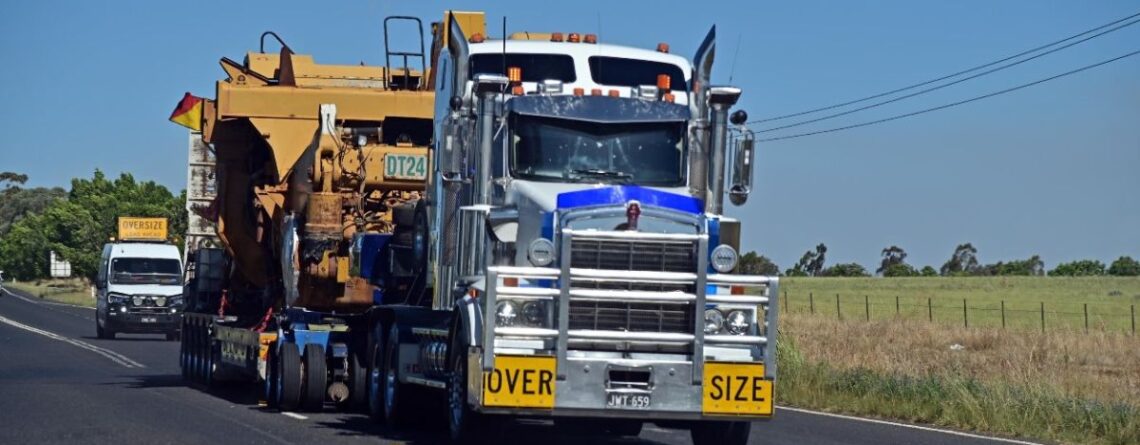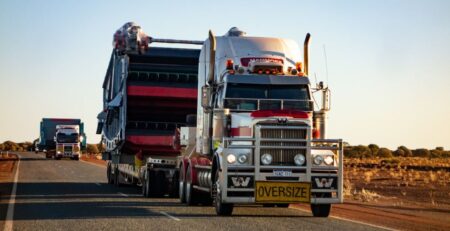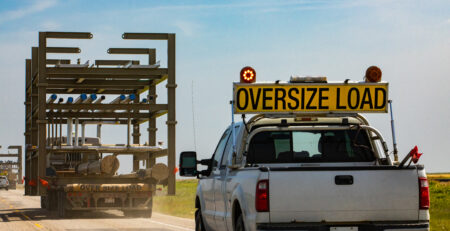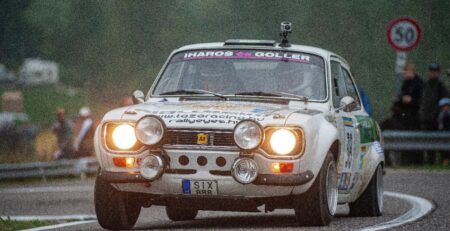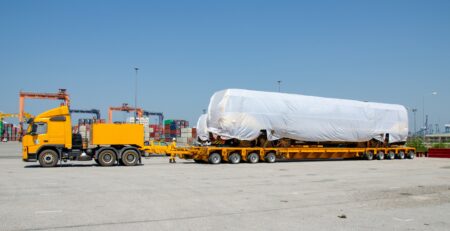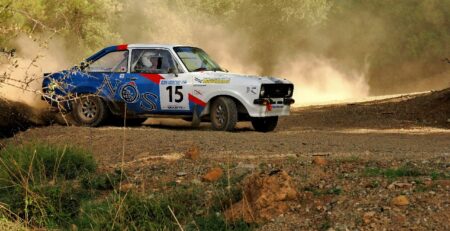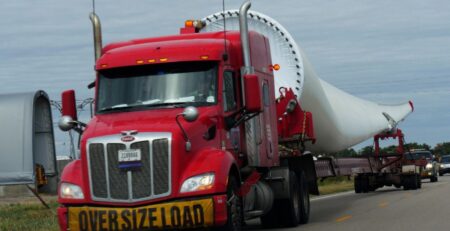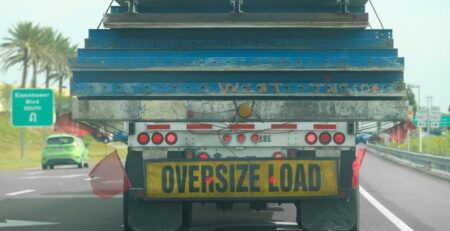You’ll always hear the names of pilot cars or escort vehicles whenever you come across heavy-weight trucking. There are different flatbed tractor-trailers used to carry heavy hauls. SUVs or pickup cars move in front or behind the trucks. These are called escort or pilot cars.
These pilot cars help escort heavy hauls through the states, and their drivers are highly trained and professional. They are contracted to ensure safe hauling and warn the public to remove obstacles.
Moreover, pilot cars are equipped with the necessary signs and equipment used in certain situations. In this blog, we’ll shed light on the importance of escort vehicles by explaining the critical role of pilot cars and escort vehicles.
When Are Pilot Cars and Escort Vehicles Needed?
Delivering heavy weights is a far more careful act because driving heavy haul is difficult and has many blind spots. Being less maneuverable, it takes time to stop due to higher acceleration and requires a wide radius while turning.
In addition, it is challenging to control tractor speed on the road because trailers are less stable and are prone to sway, roll, off-tracking, rearward amplification, etc.
Heavy hauls need to be dealt with care by keeping a check on prerequisites. These prerequisites include pilot cars and escort vehicles to aid throughout the way.
Pilot cars are required when the abnormal weight is needed to be transported and the weight meets the following criteria;
- Weight exceeding 44000 kgs.
- Width more than 2.9 m.
- Rigid length of more than 18.65 m.
- Axel load for single non-driving axel of more than 10000 kgs.
- Axel load for single driving axel of more than 11500 kgs.
Critical Role of Pilot Cars or Escort Vehicles
Pilot cars are always prepared to work systematically and deal safely with heavy loads. They must accommodate the following criteria;
- In the case of movement on the inclined path, the tractor can roll backward. Rear escort vehicles must be prepared for such situations, and other vehicles must be prohibited from getting near the tractor.
- The oversized weights require a large distance to stop, change route or lane. When the tractor needs to pass other vehicles or change lanes, the escort car should warn other vehicles and clear the route to avoid any mishap.
- Oversized hauling tractors have more blind spots that are larger than any other vehicle. Pilot cars warn the tractor drivers of the obstructions and hazards that come in the way.
- Pilot cars must warn the load drivers in time so that they can have enough time to respond.
- Oversized loads often have difficulty accelerating on the speed ramps to merge with the traffic on highways. So, pilot cars must deploy to maintain the distance of other vehicles from the load.
- Trailers also have difficulty braking especially on steep routes. Escorts are needed to clear the lane in such cases.
- While turning, the tractor can occupy 2 lanes from where it turns and 2 lanes of the road on which it turns. The load also can swing on turning. Escorts must be ready to clear traffic and avoid traffic jams.
- Escort cars also avoid situations that cause backup. In such cases, spotters are needed.
Backing up and Parking
Pilot cars must avoid any situation that leads the driver to back up. Sometimes the driver is not familiar with the route, but the pilot’s familiarity with the route can help the load driver in such cases. For instance, pilots may know the safe spots to stop and take some rest or eat.
Backing up is always dangerous because articulated loads have potential risks. The pilot must help the load driver in safe parking and when the tractor has to resume its journey, it can move forward easily.
If a larger trailer or combination vehicle has to move in reverse direction, the pilot has to assist it in moving correctly. Here, a pilot or escort car must serve as a spotter or have a spotter because its primary purpose is to avoid danger and striking with the surroundings. It is important to clear the front and rear sides and check the above and below for smooth movement.
When the driver reverses the truck, the pilot must move along the truck and stay visible to the driver. The driver and spotter must agree upon certain sets of hand signals for every movement and to stop.
Regulations to be Followed By Escort and Pilot Vehicles
Each state determines its own rules and regulations that need to be followed by every load vehicle in that state. However, there are generally specified rules for both suppliers and operators of pilot cars. These rules are mentioned clearly in the document issued by the Government called the ‘Code of Practice’.
It includes specifications for the escort driver, vehicle requirements, and operating procedures to make it safe and legal.
Escort vehicles must have certain markings to make them identifiable. They must have signage to indicate the load type when the vehicle is engaged in escorting. There are some duties that a driver must follow during duty.
These are as follows;
- Driver must ensure that the abnormal load is escorted along the approved route.
- Driver must make every sign visible to the road users to make them aware of the situation.
- The escort driver must be a contact point for the emergency services in case of an emergency.
- While the loaded truck is stationary, the escort driver must separate it with cons and beacons.
- Escort drivers must ensure their conformity to the codes of practice mentioned in the legal document.
The Role of Pilot Car Operator in Load Movement
To maneuver the load, the operator must;
- Survey the route
- Use signage and warn other vehicles
- Make space and warn other heavy-load vehicles
- Protect on and exit ramps, passing and turning lanes
- Directing the traffic in case of turning and backing up
- Checking the obstructions and coordinating the movement
- Maintain contact with the truck driver via radio or other communication device
Lead Cars and Chase Cars
Lead cars are often used to lead the load vehicle on the right path and keep check of upcoming obstacles. Thereby, lead car drivers must be well aware of the route. It helps smooth movement and timely arrival.
Chase cars or rear cars work as spotters. They ensure the visibility of the traffic from behind because drivers cannot see certain areas. It also helps the load truck driver in changing the lane by moving on it.
Throughout the route, it ensures its visibility to the driver and ensures safety from behind the truck.
In the case of the single-pilot car requirement, the state dictates whether it should work as a lead car or a chase car.
Conclusion
We can clearly state that escort vehicles or pilot cars ensure the safety of both the load vehicle and its surrounding area. They accompany the heavy load transport and warn other motorists to maintain the necessary distance.
They not only navigate the route for the load driver but also work as a spotter for parking, backing up, and lane changing. By staying stuck to the rules, they rigorously contribute to the systematic execution of heavy-load transportation.
FAQs
Is any qualification needed to become an escort car driver?
Yes, a driving license along with a driving record and specialized training are the common requirements.
How many pilot cars are required when moving a heavy haul on a busy road?
In the case of complex routes, multiple cars are required.
